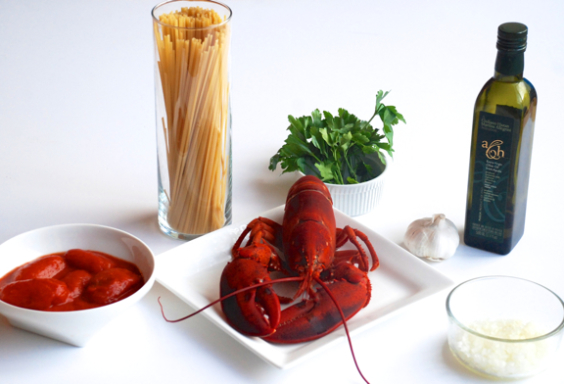Part One, first printed in Town & Country Magazine 1992

We had our first taste of Sardinia some years ago at the Rialto food market in Venice, and it had the quality of revelation. Daniela, whose vegetable stall is our favorite, offered each of us a small, round, deep red tomato, about 1½ inches in diameter, its top dimpled and marked by splotches of vivid malachite green. “These are from Sardinia” she said. “Pop one into your mouth as though it were a cherry.”
To say it tasted more of tomato than any other one we had ever had would be correct, but it falls short of describing the explosive impact its flavor had in the mouth. It had more than sweetness, more than ripeness, it had force, and when, under our teeth, it burst through its skin, the sensation was overwhelming. If this was but one small, raw taste of Sardinia, what must the cooking there be like, we wondered.
Not long thereafter an opportunity came up to go to the Costa Smeralda, on the northeast coast of the island, for a brief visit. Some of the meals we had were so remarkable, the flavors were so clear and intense, that we began to ask ourselves, how could Italian food get any better? By the end of our short stay we were ready to doubt that anywhere else in the country it could taste as good.
During the daylight hours that bracketed lunch and preceded dinner, we took short drives, 20 or 30 each time, up the granite hills, down the jagged shore. The sea, a shimmering cobalt, has, for the past few thousand years, been nibbling at the grey pink granite, notching the shoreline, each notch becoming an inlet, a cove, a bay, brimming with the translucent cobalt sea. There are dozens and dozens of inlets and coves. In some of them the granite goes right down to the sea’s edge, but there are others, where the sea has allowed sand to deposit, that are rimmed with white beaches. Many are still undeveloped, but where the beaches are broadest and most accessible, they are hemmed in by tourist facilities. The most luxurious and extensive of all the developments is the Costa Smeralda, a 30-mile stretch of coast developed by the Aga Khan in a style that might be described as scenically correct, hybrid Mediterranean.
The bustling beach life may have domesticated much of the shore, but the landscape at its back yields not, it is unalterable, wild, and magnificent. Wherever you turn, you find fixed upon you the stony gaze of scores of granite peaks, their faces, incalculably ancient, molded by time and wind into expressions watchful and severe.





No comments yet.